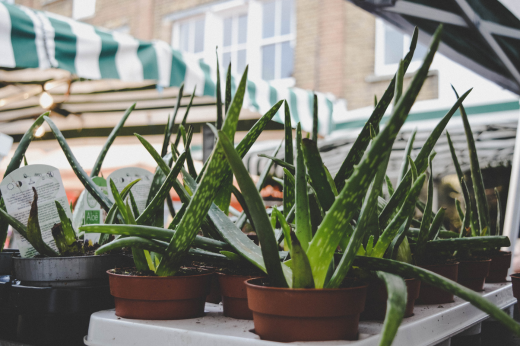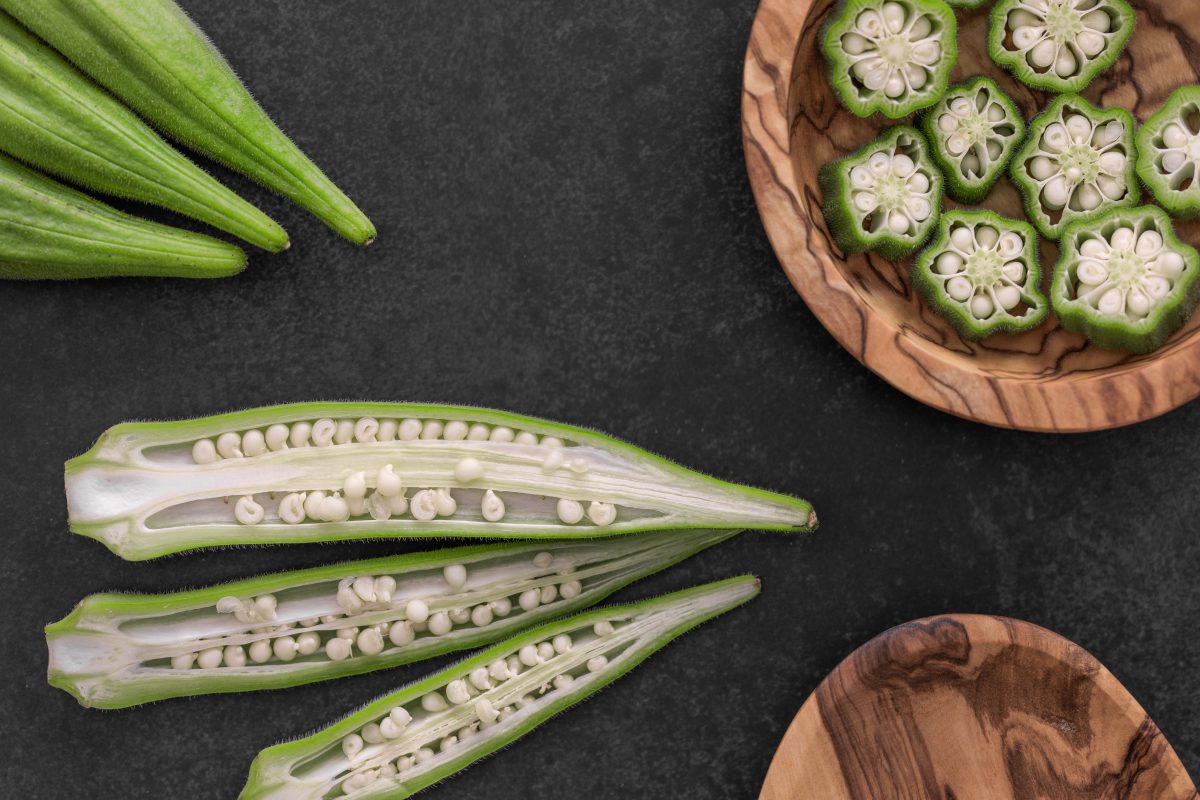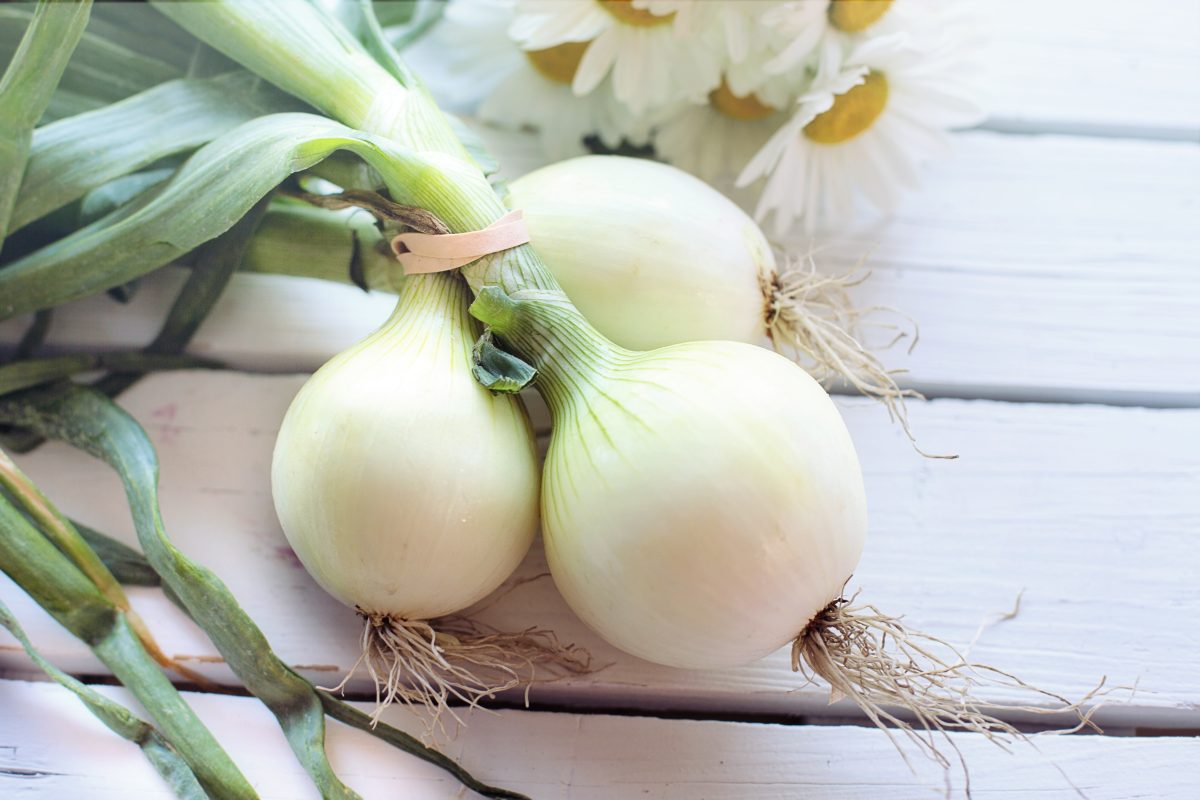Radishes are a great addition to your garden no matter how experienced you are. These fun, easy, and fast-growing vegetables are also incredibly versatile: they can be eaten raw in salads or sandwiches, steamed as a side dish, or pickled for an extra-special condiment.
Radishes are usually pictured as fun, bright red, round root vegetables that are tangy. While this is often the case, they can also be oblong with hot, biting flavors and come in red, pink, white, purple, and even bi-color varieties.

Even if you’ve never grown vegetables before, growing radishes is one of the easiest ways to get started!
Radishes are annual vegetables (meaning they grow and die in a single year and must be replanted the next year) that belong to the Brassicaceae family alongside other famous vegetables like broccoli, kale collards, cauliflower, and cabbage.
You can plant a crop in the spring and the late summer in most growing climates. Some of the smaller varieties will mature in 30 days and the larger varieties can mature in 60 days.
The Best Varieties Of Radish
When it comes to picking out what radishes to plant there are two things for you to consider: whether they’re a spring variety or a winter, and, whether you want mild or spicy radishes. Your smaller radishes tend to be on the milder side and suit the cooler spring temperatures.
- Cherry Belle Radish
- This is a small variety that grows in that expected red color with an inner white flesh with a mild flavor.
- Watermelon Radish
- This is a winter, heirloom Daikon radish that has an interesting and eye-catching red and white flesh. While it has a milder flavor, it carries a pepper-like tang.
- Burpee White Radish
- This is your stereotypical heirloom radish, grown in the spring, with that nice white flesh and a mild flavor.
- German Giant Radish
- This grows into a baseball size and is still a spring variety. Despite their size they don’t get too hot and stay on the sweet and mild side.
- Spanish Black Radish
- This is another winter radish that produces multiple globes (3-4). They are a pungent and spicy radish with a red skin and white flesh. These radishes are great for storage.
Planting: When And How To Plant Your Radishes
When you’re ready to plant your radishes, it’s best to choose a sunny spot. Radishes grow best when they get at least 6 hours of direct sunlight each day. You don’t want other plants to shade them at all. Shade can make your radishes spend all their time growing leaves instead of roots.
As with all root vegetables you’re going to want to till the soil. Compact soil means your roots will not grow well and you’ll have tiny, spindly radishes.
If your soil has a higher clay content, you’re going to want to add in organic matter and break it up. How deep you till the soil depends on the size of the radish you’re growing.

When To Plant
In the spring you’ll want to sow your seeds 4 to 6 weeks before your last spring frost. If you’re aiming for a fall crop, plant your seeds 4 to 6 weeks before the usual first frost of fall.
Tips For Planting
- Avoid fresh manure of high-nitrogen fertilizers when planting. Rich soil will encourage more leaf growth rather than roots.
- Radish seeds last a long time (up to 5 years)
- Sow your seeds ½ inch into the soil and space the plants about an inch apart. If you’re planting multiple rows, keep about a foot between rows.
- If you sow seeds every 10 days, you’ll have a crop from late spring into the early days of summer.
What You Need To Do While Your Radishes Are Growing
Your number one job, while your radishes are growing, will be the thinning process. After around a week of growth, your little sprouts will be 2 inches tall and it’s time to thin them out. Crowded radishes don’t have the room to grow a good root bulb or vegetable.
You’re going to want to thin them out to around 3 inches of spacing. It’s easy to do. Snip the sprouts at the soil line. You can even eat these sprouts in a salad.
The other option is to carefully remove the plants and replant them in another location.
Water
You don’t want to let the soil dry out. Radishes need regular and even moisture throughout the growing season. Letting the soil dry out will change the texture and flavor of your radishes. You also don’t want them to get too wet or you’ll end up with root rot. Radishes do really well with a drip irrigation system.
Harvesting And Storing

When to harvest will depend greatly on the variety you choose to grow. Check your seed packet for their growth time. A good sign is when your greens reach 6 to 8 inches tall.
If you’re wondering, just poke at the soil. If it’s ready, you’ll feel the shoulder or top of the radish right up against the top of the soil. Sometimes the radish tops even poke out above the soil.
Storage Tips
- Cut off the tops and the root tail.
- Make sure to wash and dry your radishes, wet radishes lead to rotting.
- Dry radishes can be placed in bags and kept in the fridge.
- You can eat the greens too. Place them in a bag with a paper towel and you can keep them in the fridge for around 3 days.
Potential Problems
- Cabbage Root Maggots
- These larvae will feed on the roots, meaning no radish. Mulching around our plants helps keep them at bay.
- Cabbage Worms
- If there are large holes in your leaves, look around and flip them over for these pesky, green larvae. Pull off any worms you find and consider planting companion plants that repel them like thyme.
- White Rust
- This fungus appears as chalky, white blemishes on the undersides of the leaves. You may also see yellow spots on the leaves. If you find this fungus, the only thing to do is destroy the plant to protect the rest of the crop.





